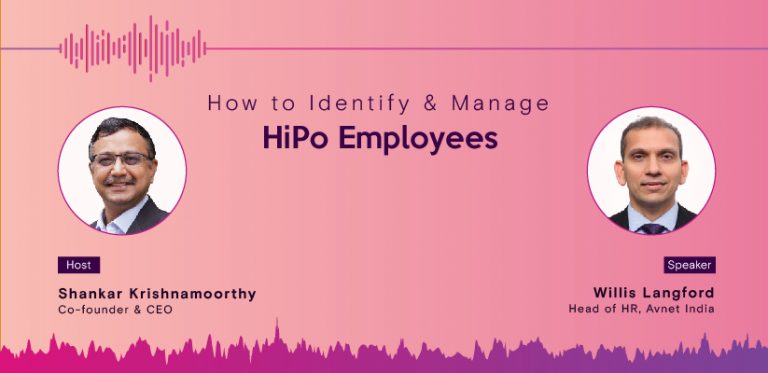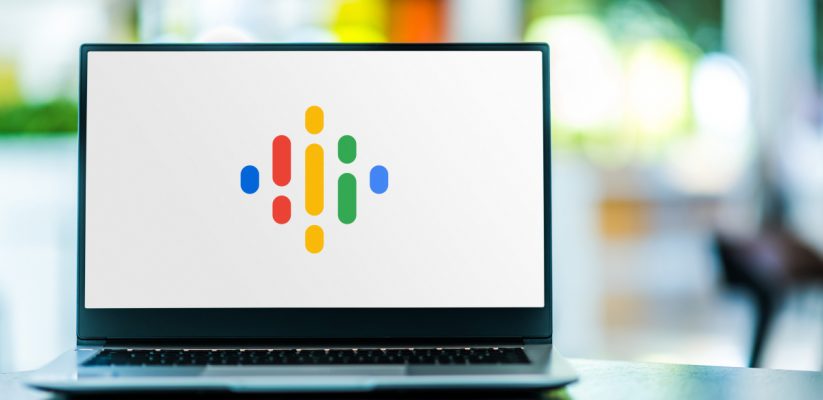A Teardown of Synergita TalentCasts in 2020 – An Effective Performance Management System
Synergita Talentcast, an exclusive HR podcast, where global thought leaders and HR professionals across the industry verticals share their experience, knowledge to enlighten fellow HR professionals.
The world had confronted a massive disruption in its routine when the pandemic struck in March. And Businesses hit a big blockade in their way and looked for ways to ensure business continuity. Those times, everyone needed expert advice to implement powerful strategies to keep their business running and thriving even while working remotely. Therefore, Synergita decided to do podcasting to share the HR experts’ experiences and suggestions to the whole business sphere.
Here is a collated blog with top HR suggestions to help companies battle COVID, and these reports and analytics should be stored and referred to if something similar happens to companies in the future.
Why Continuous Check-ins are Important?
“Monthly check-ins are a vehicle to converse with your respected team members to ensure everything is alright. Gone are those days where we used to have one goal-setting in a year, and at the end of that particular year, we would have discussed how we performed, how we’ve achieved against particular goals. A lot of organizations moved on and now have performance discussion more like a conversation, which happens quarterly. This framework brings in a lot of value between work relationships and helps improve team dynamics even while working remotely.
Besides, for continuous check-ins to be successful, there should be strong leaders in the organization to complete the process objectively and soon.”
-Bhavani Pandi, People Partner, Zenefits
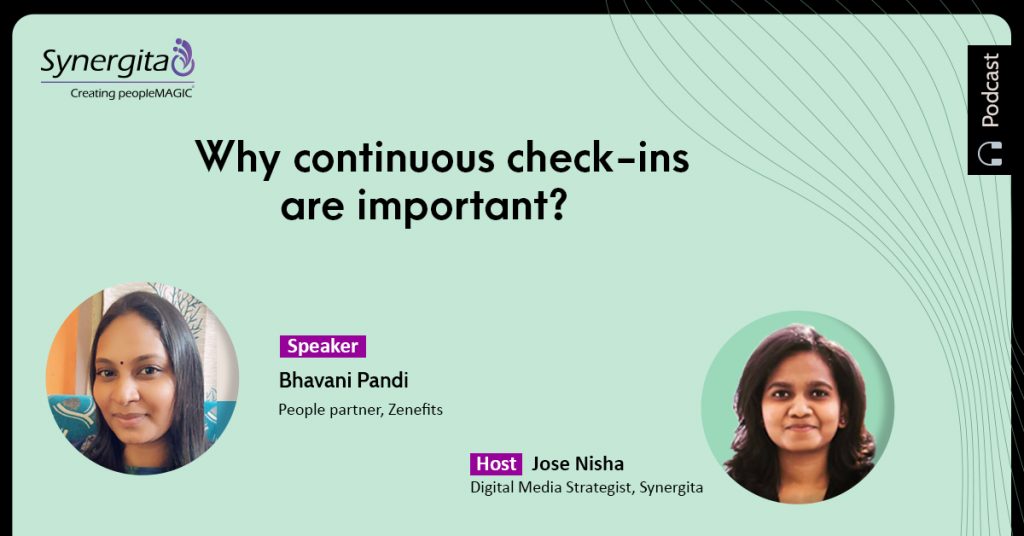
Leveraging the power of technology
“Technology gives people access to information and also enables people to communicate regularly. Your Zoom, Slack, and many other tech tools have become completely indispensable today. Systems are important but you have to have the technology, you have to have a system that can track all of the feedback and close that loop. So, you don’t have to throw something out as a manager and it’s not tracked, it’s not followed up and it is not actually improved. It is not even tested again. So, you need to close that loop, for which technology can be very useful.”
-Yuri Kruman, CEO of HR, Talent & Systems Consulting
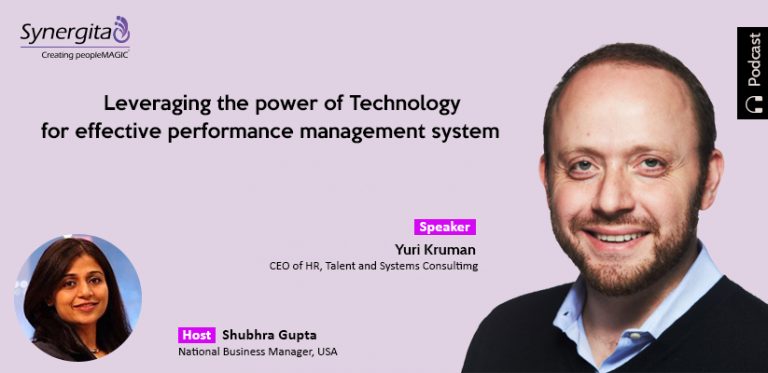
The Relationship Between Leadership Team and Employees During Remote Working
“Do not just rely on once-a-month all hands to let employees see leadership team because the employees don’t see them in the halls anymore, and they don’t see them in the lunchroom. The leaders do not have visibility during remote working if they don’t go on meetings with employees, and so, it’s important to make sure that leadership within your company has a voice that the employees are constantly hearing, not overbearing, but like weekly meetings or bi-weekly meetings and change those up.”
– J.D. Norton, former global manager of eBay and current head of internal communications at Thumbtack
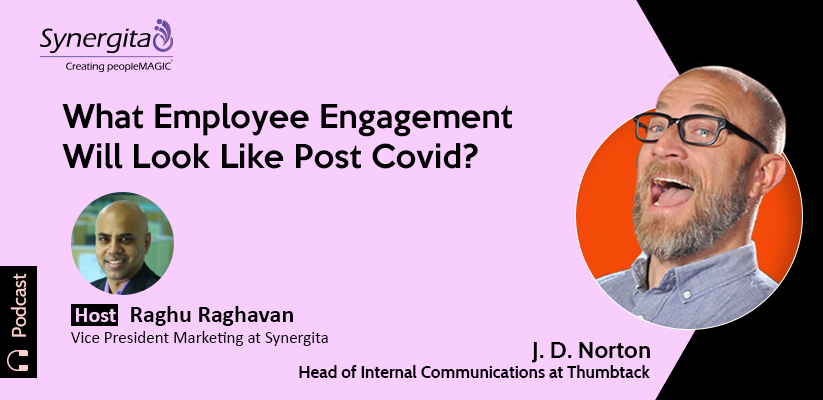
How to Create a Collaborative Mindset, Promote Teamwork, and Engage Employees
“The meetings shouldn’t run more than 45 minutes because it would affect the productivity level and also the focus. It should start on the quarter-hour, run to the hour, and in between, there should be a 15-minute break so that the employees could chat with somebody in their team or anyone else at the office, be it about work or some small talks. That would make them feel connected with the team and the company. Inter-departmental happy hours, rewards and recognition, constant communication, and digitization are the ways to keep the employees engaged.”
-Jeremy D Stick, Director of Human Resources for TML Health

Development focused performance practices during remote working
“One-on-one monthly is going to get even weekly or maybe twice a week because of the way we’re operating now. And making more room for emotions and vulnerability is going to be an important part of the performance conversations as well. Not only that, the performance conversations will also get more and more informal as employees and managers are touching base a lot more often than ever to check in with each other.
A risk factor for a toxic work environment is managers not being trained, so now would be a great time to start doing that, giving managers and supervisors those tools for better performance conversations, because that’s the way organizations are going to survive if everybody is being teed up for success.”
-Catherine Mattice Zundel, Founder, Civility Partners, and author of “BACK OFF! Your Kick-Ass Guide to Ending Bullying at Work”

Managing workforce during COVID 19
“As HR professionals, most of us would normally focus on the organization’s top-performing employees. But we also need to start focusing on the middle performing bucket, or I would say, it is like a fat belly. They also contribute to the organization and if you spend time with those individuals, you will really bring out the best capability and potential, which nobody would have thought. And once their potential comes out, your organization’s overall performance will improve, and the performance parameter also gets elevated to a different level.”
-Suresh Mani, HR Head, Aditya Birla Capital
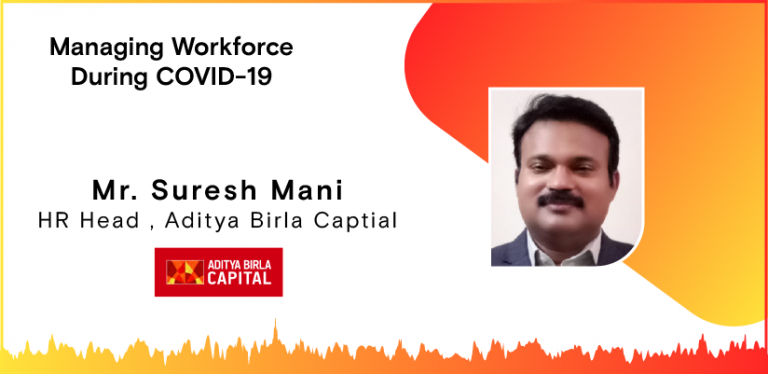
“A simple phone call shall result in a very positive mindset among the employees that “Yes, HR does care for us in terms of connecting. Even a 3 minutes or 4 minutes call would do a great help in this. And second is, during these times of crisis, it is very important for HR professionals to show their leadership in terms of mitigating the risks for the organization and also acting as a central node for crisis operations something like an emergency call center. And third would be, we can also show to employees that companies hold their values very dear to them.
The fourth opportunity would be, you can do a lot of potential assessments or talent management sessions, reskill your workforce with training and also you can also learn because this kind of crisis brings out a lot of hidden potential of employees. You can understand your team better, which also results in understanding your organization much better in terms of the business and employees, so this would be a very unique opportunity for HR to know daily prove their mettle in these crisis times.”
-GR Arun, HR head, Rialto Enterprises Private Limited
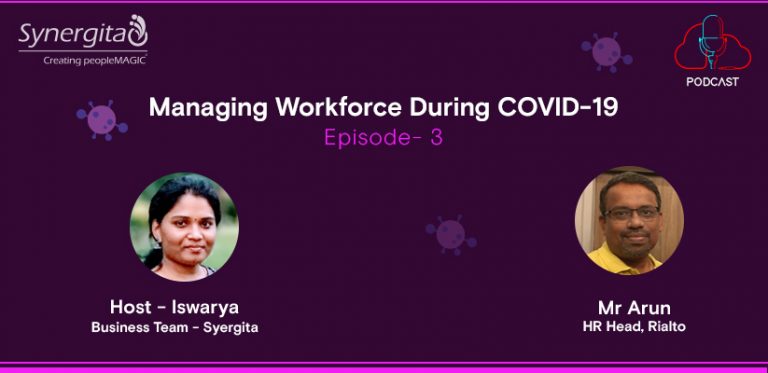
How to identify and manage HiPo employees?
“Periodic check-ins are the key to finding these stars and by this, you can really keep them engaged. And, periodic check-ins, in today’s world, is not something that happens once in a year or half-yearly, but a process that takes place frequently. And with the media being so at the tips of your fingers, you should make it so friendly through your apps, through unwired mediums, and keep the conversation going. At the end of the day, conversations keep them going and have them connected, and then, you can ultimately meet the goal of having them engaged. And so, they can be ready when the doors open up, and they’re there to bring all business to you in prosperity.”
-Willis Langford, Head of HR, Avnet India
